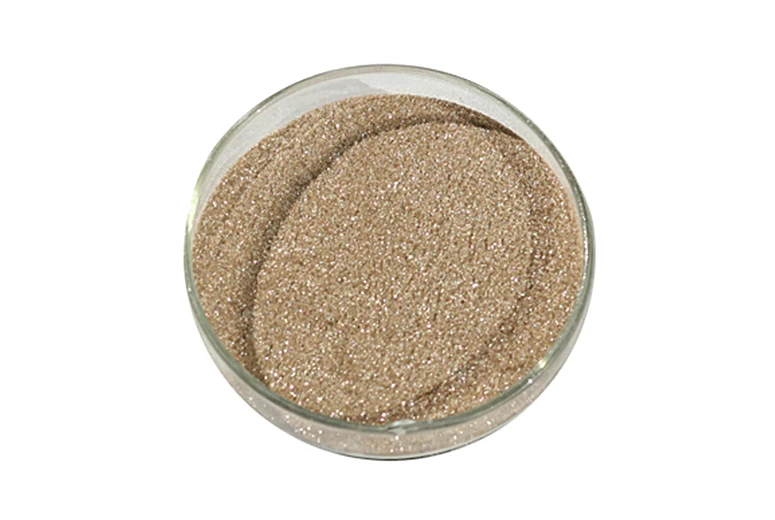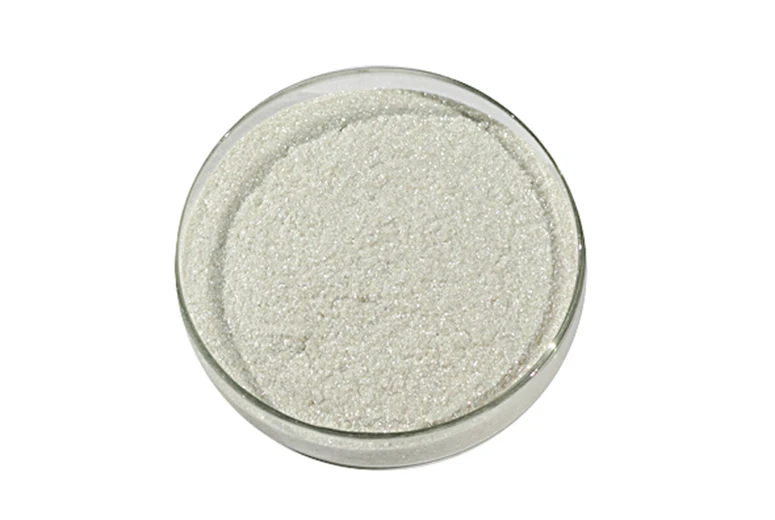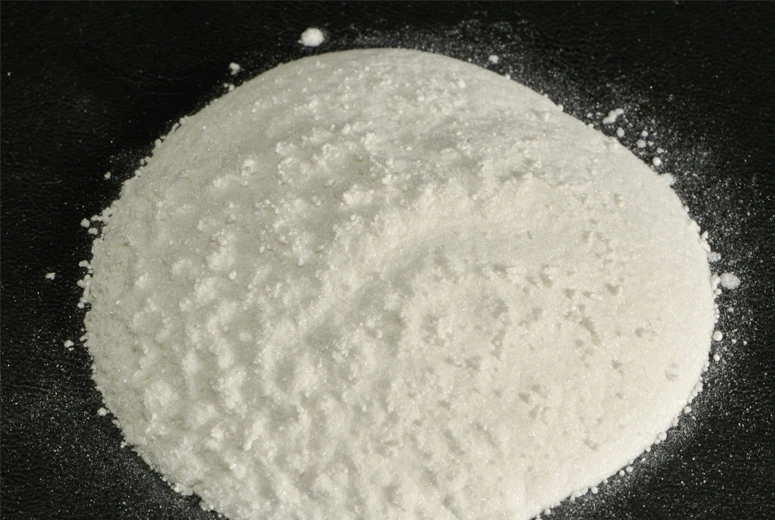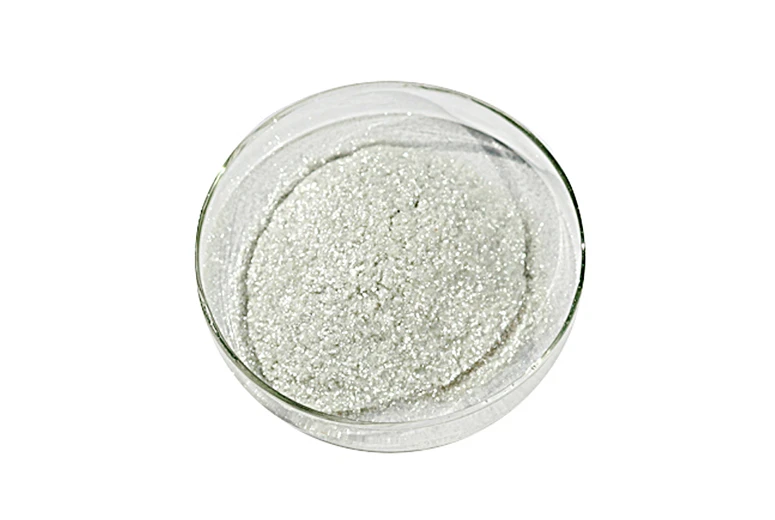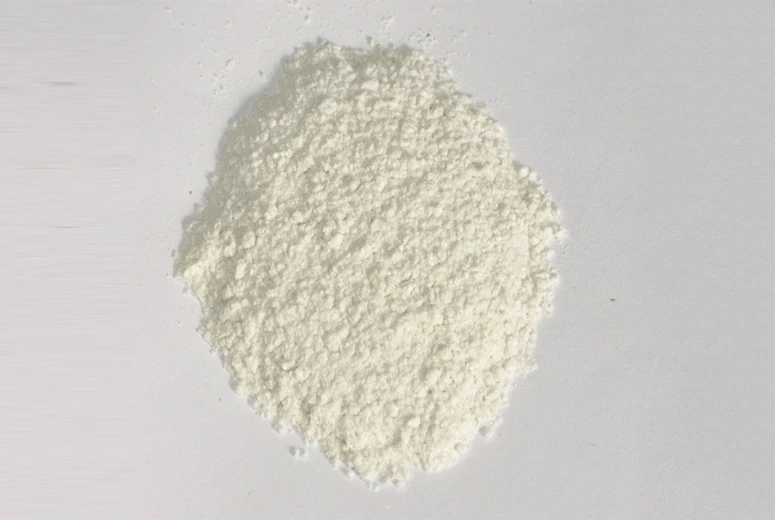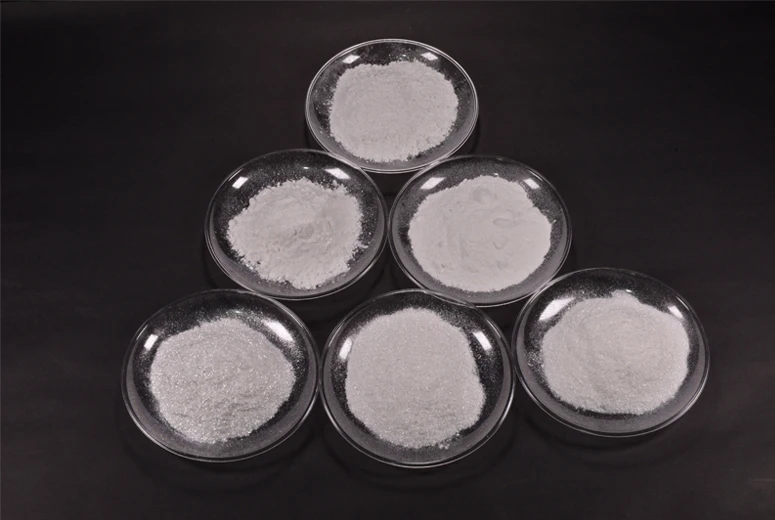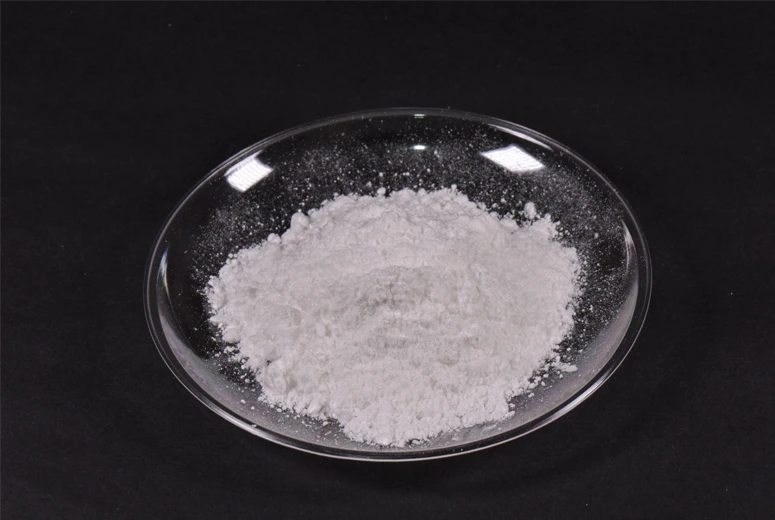Color-Fastness of Mica Pigment Powder
The color-fastness properties of mica pigments have become a critical quality parameter for manufacturers across cosmetics, coatings, and plastics industries. High-performance mica pigment powders maintain their vibrant hues and optical effects despite exposure to light, heat, moisture, and chemical interactions. The exceptional stability of premium-grade mica pigment powder sets it apart from conventional colorants, offering long-lasting brilliance in finished products. As industries demand more durable coloring solutions, the focus on mica pigments with superior color retention has intensified, driving innovations in surface treatments and particle engineering. Whether used in automotive paints that withstand years of UV exposure or cosmetics that maintain their luminosity throughout daily wear, advanced mica pigment powders deliver unparalleled color persistence that justifies their premium positioning in specialty markets.
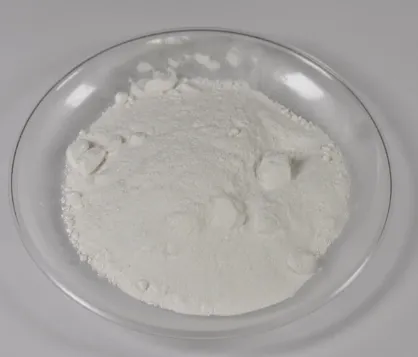
Factors Affecting Color Stability in Mica Pigments
The color-fastness of mica pigment powders depends on multiple interrelated factors that determine their performance in various applications. The base composition of mica pigment powder establishes its fundamental resistance to fading, with synthetic fluorophlogopite substrates generally offering better stability than natural mica alternatives. Surface treatments applied to mica pigments play a crucial role, with advanced coating technologies significantly enhancing lightfastness and chemical resistance. The particle size distribution of mica pigment powders affects color stability, as optimally sized particles scatter light more effectively while minimizing surface area vulnerable to degradation. Manufacturing processes for mica pigment powder must carefully control temperature and atmospheric conditions to preserve the integrity of color-depositing metal oxides. Environmental exposure factors including UV radiation intensity, humidity levels, and pH conditions all interact with mica pigments differently depending on their specific formulations. Understanding these variables allows manufacturers to select the appropriate grade of mica pigment powders for each application's specific durability requirements.
Testing Methods for Mica Pigment Powders Color-Fastness
Standardized evaluation protocols have been developed to assess the color retention capabilities of mica pigment powder across different industries. Accelerated weathering tests subject mica pigments to intense UV radiation and humidity cycles that simulate years of outdoor exposure in a condensed timeframe. Rub resistance testing measures how well mica pigment powders maintain their color integrity when subjected to mechanical friction, particularly important for cosmetic and textile applications. Chemical resistance evaluations expose mica pigment powder to acids, alkalis, and solvents to verify stability in formulations with aggressive ingredients. Thermal stability testing determines how mica pigments perform under high-temperature processing conditions common in plastics manufacturing and powder coating applications. Spectrophotometric analysis provides quantitative data on color shift in mica pigment powders after various stress tests, enabling precise comparisons between different product grades. These rigorous testing protocols help manufacturers of mica pigment powder guarantee performance claims and assist formulators in selecting pigments with appropriate durability characteristics for their specific needs.
Enhancing Durability in Mica Pigment Powder Formulations
Innovative technologies continue pushing the boundaries of color-fastness in advanced mica pigments for demanding applications. Multilayer coating systems applied to mica pigment powders create protective barriers that shield color-producing metal oxides from environmental degradation while maintaining optical properties. Surface modification techniques enhance the bonding between mica pigment powder particles and various matrix materials, reducing color loss due to particle dislodgement. New generations of mica pigments incorporate UV-absorbing compounds that actively protect colorants from solar radiation without compromising visual effects. The development of doped mica pigment powders introduces stabilizing elements directly into crystal structures, creating inherently more stable color systems. Hybrid mica pigment powder technologies combine traditional pearlescent effects with organic colorants in protective configurations that leverage the strengths of both systems. These advancements in mica pigments enable formulations that maintain their original vibrancy through years of service in exterior applications or daily use in personal care products.
Application-Specific Performance of Mica Pigments
The color persistence requirements for mica pigment powders vary significantly across different industries, driving specialized product development. Automotive grade mica pigment powder must withstand years of direct sunlight exposure while maintaining flawless metallic or pearlescent effects in exterior coatings. Cosmetic mica pigments face different challenges, needing to preserve color integrity through daily wear while resisting degradation from skin oils, perspiration, and cleansing products. Plastic applications demand mica pigment powders that can survive high-temperature processing without color shift or thermal degradation. Textile printing with mica pigment powder requires exceptional wash-fastness properties that prevent fading through multiple laundering cycles. Industrial coating formulations utilize mica pigments engineered to resist chemical exposure in harsh operating environments. The versatility of mica pigment powders allows manufacturers to tailor products to these diverse requirements, offering solutions that balance optical effects with application-specific durability needs.
Mica Pigment Powders FAQs
What Makes Some Mica Pigments More Color-Fast Than Others?
The color-fastness of mica pigment powder depends on substrate quality, metal oxide selection, coating technologies, and manufacturing processes that together determine resistance to environmental stressors.
How Does UV Exposure Affect Different Types of Mica Pigment Powders?
UV radiation can degrade certain colorants in mica pigments, with high-performance grades incorporating stabilizers and protective coatings to minimize fading even under prolonged sunlight exposure.
Can Mica Pigment Powder Withstand High-Temperature Processing?
Special heat-stable formulations of mica pigments are available for plastics and coatings applications, with some grades resisting temperatures exceeding 300°C without color degradation.
What Testing Standards Apply to Mica Pigment Powders Color-Fastness?
Common standards include ASTM D2244 for color measurement, ISO 105-B02 for lightfastness, and DIN 53778 for thermal stability evaluation of mica pigment powder.
How Do Formulations Enhance the Durability of Mica Pigments?
Strategic combinations of protective coatings, UV absorbers, and optimized particle morphology work synergistically to improve the color-fastness performance of mica pigment powders in challenging environments.
For premium mica pigment powder with exceptional color-fastness properties, visit our website to explore our range of high-performance mica pigments. Our technical team can help you select the ideal mica pigment powders for your specific durability requirements and application conditions. Contact us today to request color-fastness test data and samples, and discover how our advanced mica pigment powder solutions can bring long-lasting vibrancy to your products. Let us show you why leading manufacturers trust our mica pigments for their most demanding color-critical applications.
-
Thermal Conductivity of Bulk Mica PowderNewsAug.08,2025
-
Storage Conditions to Maintain Blue Mica Flakes QualityNewsAug.08,2025
-
Storage Conditions to Maintain Mica Powder for Resin QualityNewsAug.08,2025
-
Shimmering Effects: Synthetic Mica Glitter vs Other GlittersNewsAug.08,2025
-
Safety Standards for Working with Mica DustNewsAug.08,2025
Products categories


